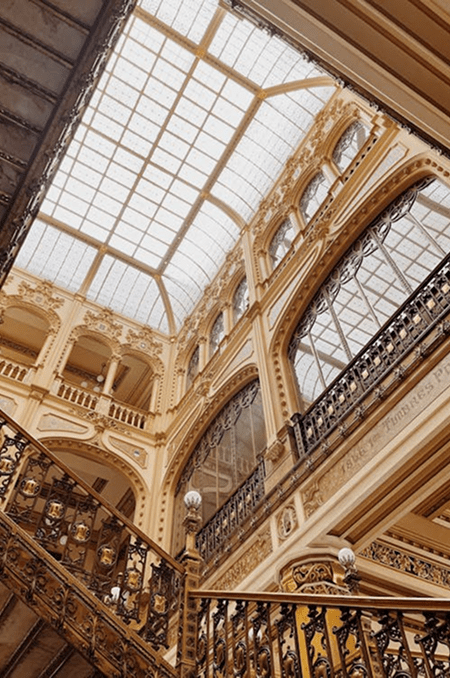It isn't an exaggeration to say that the story of Tokinenoyado Yunushi Ichijoh is closely tied to that of Kamasaki Onsen's. Legend has it that the hot springs were discovered 600 years ago when a lumberjack struck a rock with his sickle's tip and water began to gush out. The onsen village was soon established in 1428, and with it was the first incarnation of Yunushi Ichijoh.
From official records, we can glean that the Ichijoh family, who run the inn to this day, has their origins in Kyoto. Their ancestor Ichijoh Ichibei was a retainer of the warlord Imagawa Yoshimoto, daimyo of Suruga Province, which is now part of Shizuoka. Following Yoshimoto's defeat and death in the Battle of Okehazama in 1560, Ichijoh Ichibei left the Imagawa clan and eventually ended up in Kamasaki Onsen. By this time, the onsen village had been neglected due to the damage caused by floods. Discovering a new passion past the career of being a samurai, Ichibei devoted his life to becoming a Yunushi, which literally means "hot spring master". With the approval and support of the locals, Ichibei began restoring the onsen village by building a road as well as an inn - the Yunushi Ichijoh.
Success followed the family for generations, and during the Edo Period, they were recognized by Sendai's ruling Date Clan as Yumori, or guardian of the hot springs. The famed founder of Sendai, Date Masamune, is even recorded to have stayed and bathed at Yunushi Ichijoh. During the Taisho Era, the main building underwent major renovations. It was done using traditional techniques and still stands today.

















